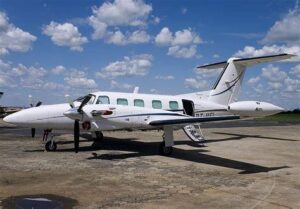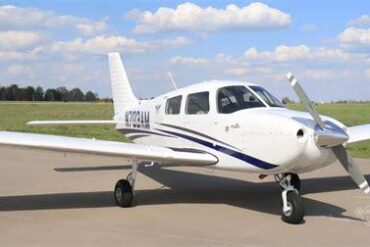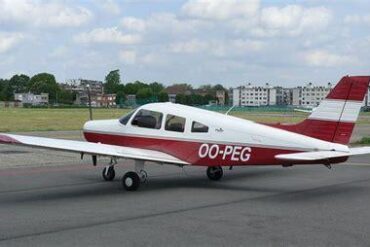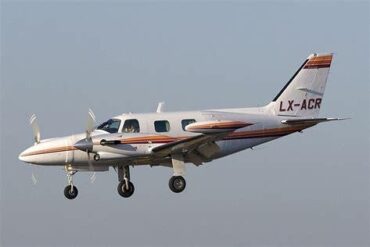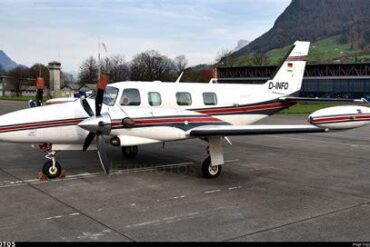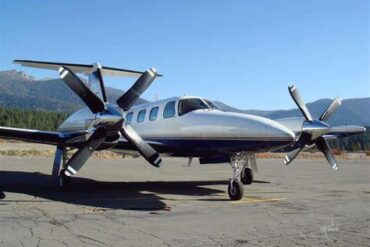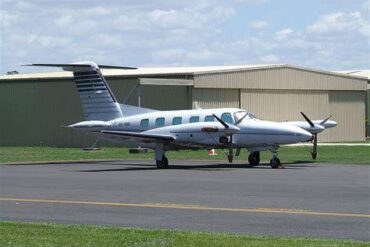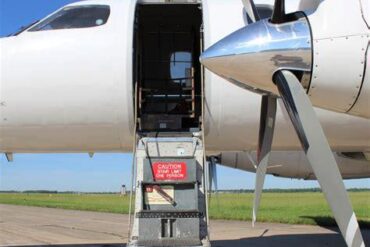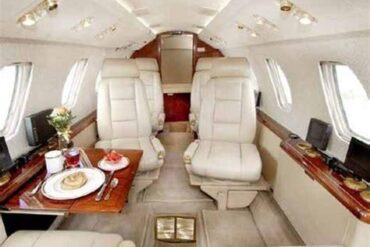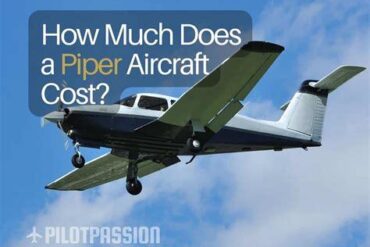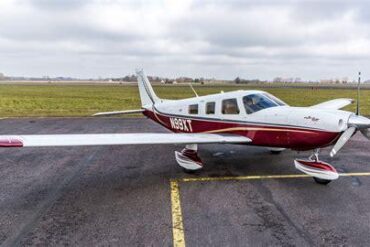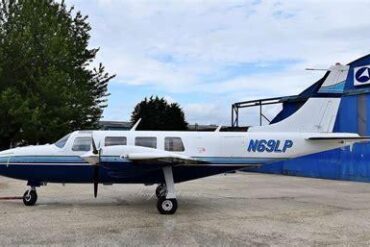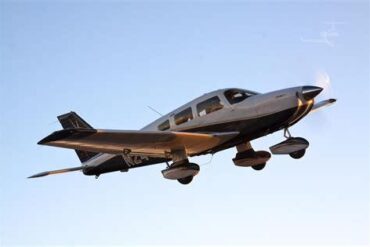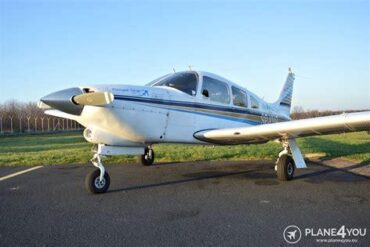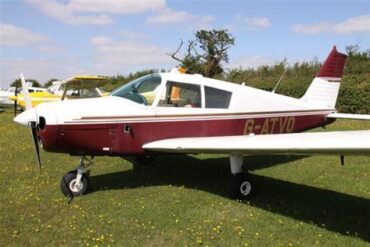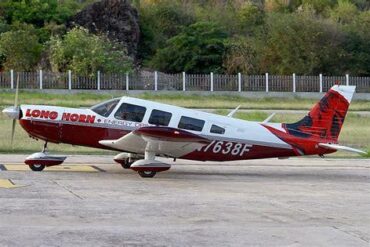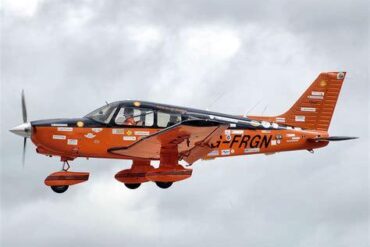The Piper Cheyenne III is a remarkable aircraft that combines performance, comfort, and efficiency. As we delve into the intricacies of its price and operating costs, it’s essential to understand not just the purchase price but also the ongoing expenses associated with owning and operating this aircraft.
Overview of the Piper Cheyenne III
The Piper Cheyenne III is a twin-engine turboprop aircraft that has garnered a reputation for its robust performance and versatility. It boasts a cruising speed of approximately 300 knots and a maximum range of about 1,800 nautical miles, making it an ideal choice for both business and leisure travel. Its spacious cabin can accommodate up to six passengers, offering ample legroom and comfort for long-distance flights.
Specifications and Features
Some notable specifications include:
-
Engines: Two Pratt & Whitney PT6A-28 engines.
-
Max Takeoff Weight: Approximately 6,000 lbs.
-
Cruising Altitude: Typically around 25,000 feet.
-
Cabin Dimensions: Length of 15.5 feet and width of 4.8 feet.
These features underscore the Piper Cheyenne III’s capabilities as a high-performance aircraft suitable for various flight missions.
Initial Purchase Price
When considering the Piper Cheyenne III, the initial purchase price is a significant factor. On the market, the cost of a pre-owned Piper Cheyenne III typically ranges from $200,000 to $600,000 depending on several variables:
-
Year of Manufacture: Newer models often command higher prices due to advancements in technology and features.
-
Aircraft Condition: A well-maintained aircraft with a complete maintenance history can fetch a premium.
-
Modifications and Upgrades: Aircraft equipped with modern avionics, upgraded interiors, or additional features can increase the overall price.
It is crucial to conduct thorough research and possibly consult with an aviation expert or broker when assessing the price of a Piper Cheyenne III to ensure a fair transaction.
Financing Options
Many buyers consider various financing options when acquiring a Piper Cheyenne III. Financing can significantly impact the overall cost of ownership. Potential options include:
-
Traditional Bank Loans: These loans typically require a down payment and have fixed or variable interest rates based on the borrower’s creditworthiness.
-
Aircraft Financing Companies: Specialized lenders that focus on aircraft may offer tailored financing solutions with competitive rates.
-
Leasing Options: Leasing can provide lower upfront costs and flexible terms, making it an attractive option for some operators.
Operating Costs Breakdown
Once the Piper Cheyenne III is acquired, understanding its operating costs becomes crucial for budgeting and financial planning. The primary categories of operating costs include:
Fuel Costs
Fuel is one of the most significant operating expenses for any aircraft. The Piper Cheyenne III has a fuel consumption rate of approximately 40-50 gallons per hour. With current fuel prices averaging around $5.00 per gallon, owners can expect to pay between $200 and $250 per hour just for fuel. Additionally, fluctuating fuel prices can have a considerable impact on overall operating costs, necessitating careful monitoring and management.
Maintenance Expenses
Regular maintenance is essential to ensure the safety and reliability of the Piper Cheyenne III. Maintenance costs can vary widely depending on usage and specific needs but can average around $50,000 to $100,000 per year. Key maintenance considerations include:
-
Routine Inspections: FAA-mandated inspections, including annual inspections and more frequent checks based on flight hours.
-
Engine Overhauls: The PT6A engines require periodic overhauls, which can be costly, sometimes exceeding $200,000.
-
Parts Replacement: Wear and tear on components such as landing gear, avionics, and other systems can contribute significantly to maintenance expenses.
Insurance Costs
Insurance is another critical aspect of operating costs. The premiums for insuring a Piper Cheyenne III can range from $10,000 to $20,000 annually, depending on factors such as:
-
Pilot Experience: More experienced pilots typically benefit from lower insurance rates.
-
Aircraft Value: Higher value aircraft may incur higher insurance premiums.
-
Usage Type: Commercial operations may face different insurance requirements than private use.
Hangar Fees
Storing the Piper Cheyenne III requires hangar space, which incurs additional costs. Hangar fees can vary based on location and amenities but generally range from $500 to $2,000 per month. Factors affecting hangar fees include:
-
Geographic Location: Airports in high-demand areas often charge higher fees.
-
Type of Hangar: Climate-controlled hangars may cost more than standard ones.
Crew Costs
If you plan to hire a professional crew, this will add to your operating costs. Crew salaries can vary widely, with experienced pilots earning between $70,000 and $120,000 annually. Additional costs may include:
-
Training: Pilots must maintain proficiency through regular training, which can add to overall expenses.
-
Benefits: If employing a full-time crew, benefits such as health insurance and retirement plans must be factored in.
Total Operating Costs
When aggregating all these expenses, the total operating costs for a Piper Cheyenne III can range from $400,000 to $600,000 annually. This estimate includes:
-
Fuel Costs
-
Maintenance Expenses
-
Insurance
-
Hangar Fees
-
Crew Salaries
Understanding these costs allows potential owners to budget effectively and make informed decisions regarding their investment in the Piper Cheyenne III.
Cost-Saving Strategies
To optimize operating costs, owners can implement several cost-saving strategies:
-
Flight Planning: Efficient flight planning and route optimization can reduce fuel consumption.
-
Preventive Maintenance: Regular maintenance can prevent costly repairs down the line.
-
Fuel Management: Establishing relationships with fuel suppliers can lead to better pricing or discounts.
Conclusion
In summary, the Piper Cheyenne III represents a solid investment for those seeking a versatile and efficient aircraft. While the initial purchase price can vary significantly, understanding the comprehensive operating costs is vital for potential owners. From fuel and maintenance to insurance and crew expenses, being informed enables smart financial planning and maximizes the enjoyment of flying this exceptional aircraft. We encourage prospective buyers to conduct thorough research, engage with aviation experts, and consider all factors before making a purchase decision.
